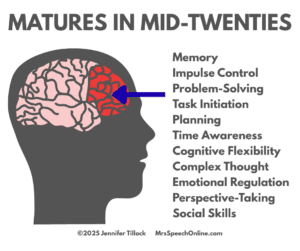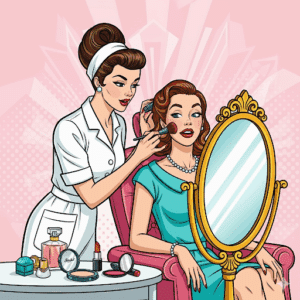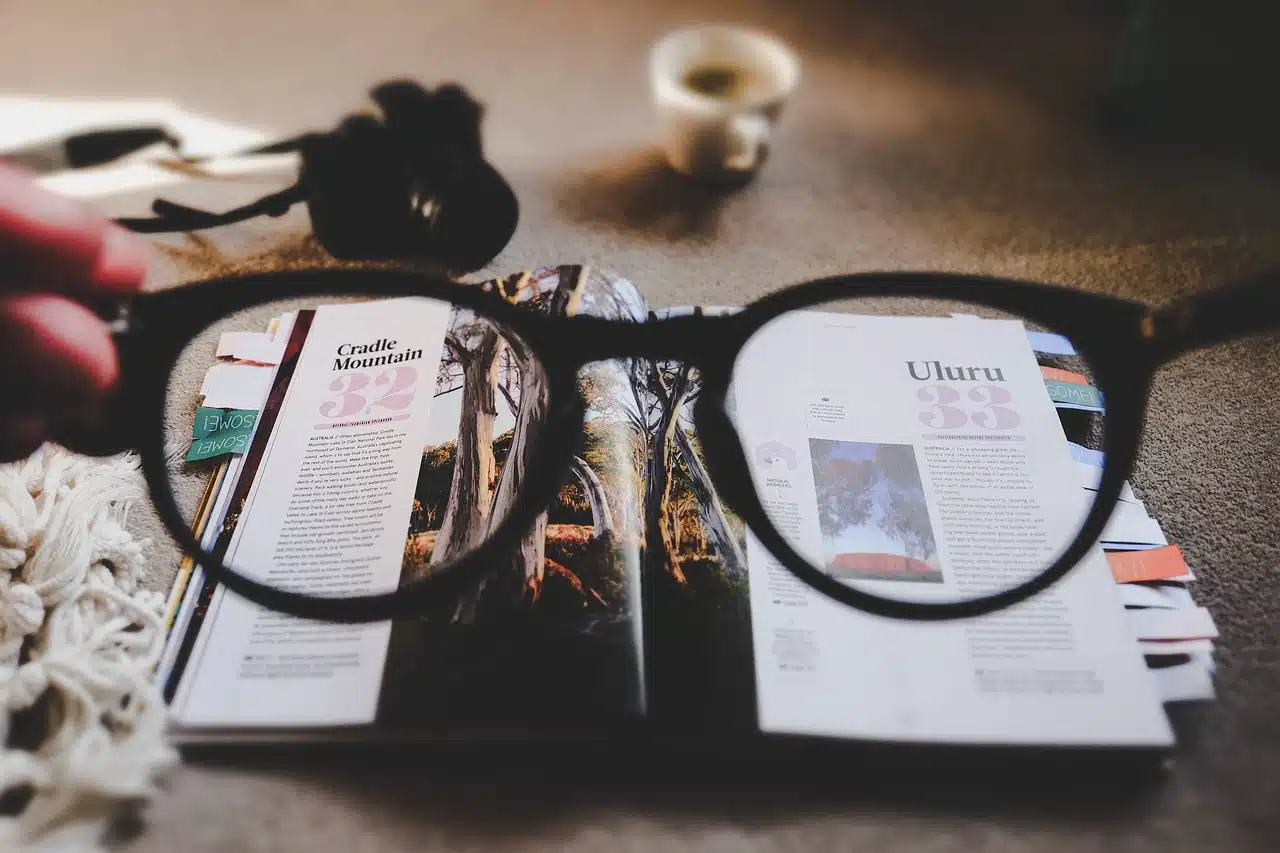
Pictures are powerful tools in the realm of speech-language therapy. They provide a concrete foundation for building language skills, enhancing engagement, and making therapy sessions more enjoyable. Let’s explore creative and effective ways to incorporate pictures into your speech therapy practice.
Building Blocks of Language
Pictures can serve as the building blocks for a myriad of language goals. Here are some ideas:
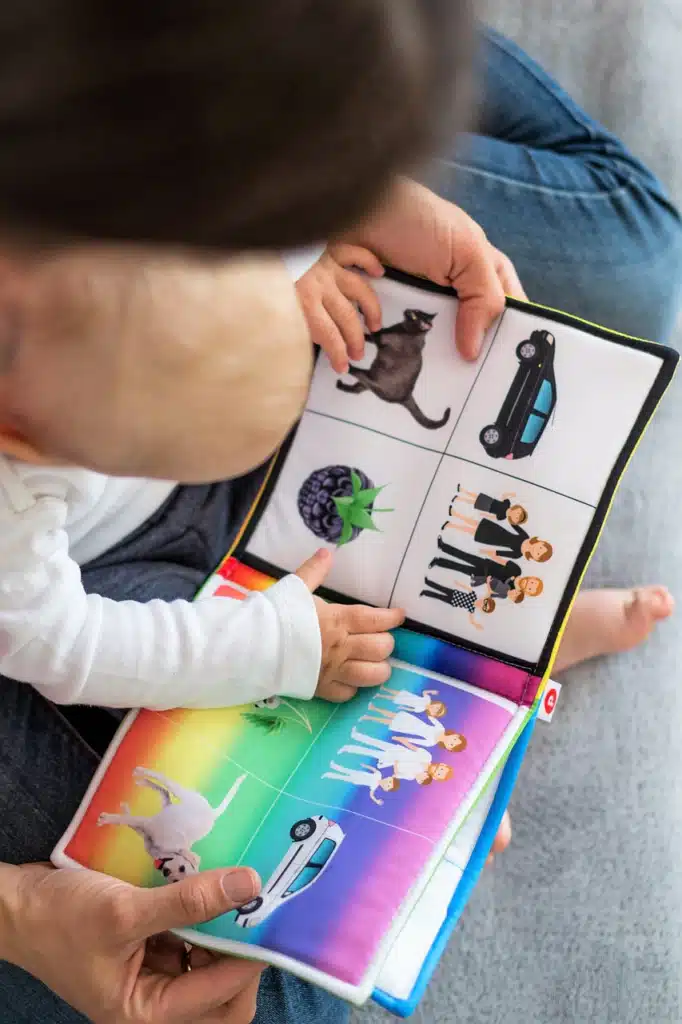
- Vocabulary Development: Use pictures to introduce new words, reinforce meaning, and encourage expressive language.
- Grammar: Target specific grammatical structures through picture-based activities, such as sentence building, verb tense practice, or pronoun usage.
- Narrative Skills: Create engaging stories using picture sequences, prompting students to sequence events, identify characters, and predict outcomes.
- Social Skills: Use pictures to teach social cues, emotions, and appropriate conversational skills.
- Articulation: Target specific speech sounds by selecting pictures containing target sounds.
Interactive Activities with Pictures
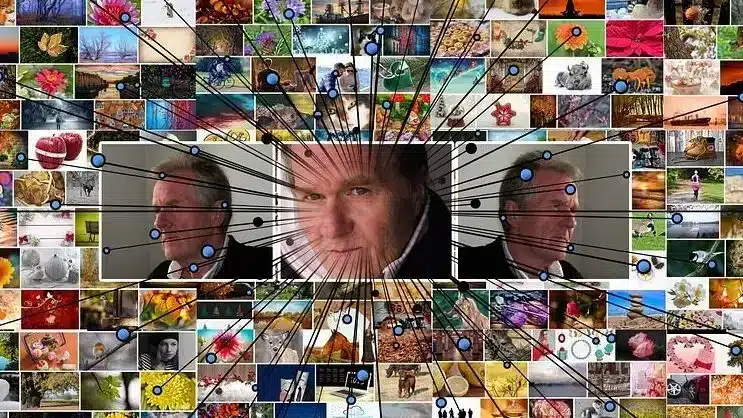
- Picture Description: Encourage detailed and descriptive language by asking students to describe pictures in depth.
- Sequencing: Use picture cards to practice sequencing events, telling stories, or following directions.
- Categorization: Sort pictures into categories based on various criteria (e.g., size, shape, color, function).
- Comparisons: Use pairs of pictures to practice comparative language (bigger, smaller, taller, shorter).
- Problem-solving: Present challenging picture scenarios and ask students to come up with solutions.
Technology Integration
- Digital Picture Books: Explore interactive digital picture books for added engagement and accessibility. Your local library is a great starting point!
- Photo Booth Fun: Take pictures of students engaging in activities to create personalized therapy materials.
- Online Resources: Utilize websites and apps offering free or low-cost picture sets for therapy.
- Tip: I’ve created many Pinterest boards filled with hundreds of picture ideas and activities to help you implement these strategies in your therapy sessions. Check it out for additional inspiration!
- See my article: Pinterest in Therapy, No Way!
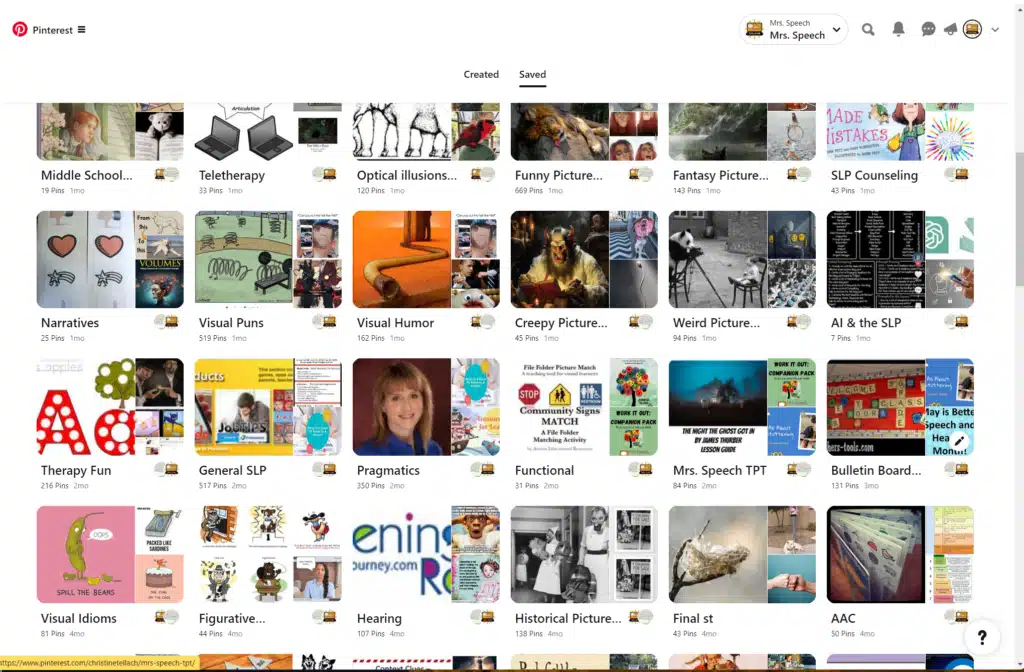
Conclusion
By incorporating pictures into your speech therapy sessions, you can create a dynamic and engaging learning environment. Remember to adapt activities to meet the specific needs of your students and celebrate their successes!

Let me know your favorite picture resources in the comments below!
Picturing you perfect,
Social Media Icons: designed by rawpixel.com – Freepik.com











